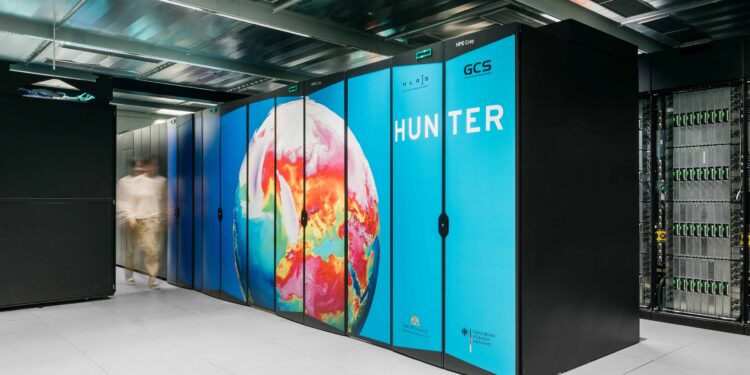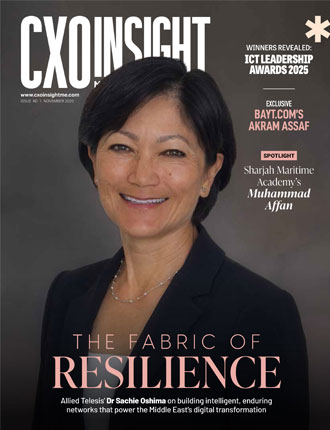A celebration held at the High-Performance Computing Center of the University of Stuttgart (HLRS) greeted the start of operation of HLRS’s newest supercomputer, called Hunter. Designed and manufactured by Hewlett Packard Enterprise (HPE), Hunter will offer a world-class infrastructure for large-scale simulation, artificial intelligence, and data analytics applications in science, industry, and the public sector. At the same time, Hunter is designed with sustainability in mind, making use of 100 per cent fanless direct liquid cooling system architecture and a unique dynamic power capping approach to maximise its energy performance. Based on energy-efficient AMD Instinct™ Accelerated Processing Units (APUs), which combine CPU cores and GPUs in an integrated APU-accelerated architecture, Hunter also marks the beginning of a new chapter in the history of supercomputing in Stuttgart.
Users of Hunter will address complex problems in engineering, weather and climate modeling, biomedical research, and materials science, among other fields. Hunter will also provide secure access to powerful, secure high-performance computing (HPC) and AI resources for industry and for public sector agencies.
“Hunter offers scientists at the University of Stuttgart and across Germany a future-proof infrastructure for AI-based simulations and high-performance computing of a new quality,” said Prof. Peter Middendorf, Rector of the University of Stuttgart. “Hunter also benefits the entire ecosystem of our university with its global players, its strong medium-sized companies, and its growing start-up scene.”
“The rapid development of AI and an increasing focus on sustainability in supercomputing mean that high-performance computing is currently going through an exciting, transformative period,” said Prof. Michael Resch, Director of HLRS. “With Hunter, our user community gains a state-of-the-art infrastructure that will support them in navigating this changing HPC landscape and enable them to remain competitive at the frontiers of scientific discovery and industrial innovation.”










Discussion about this post